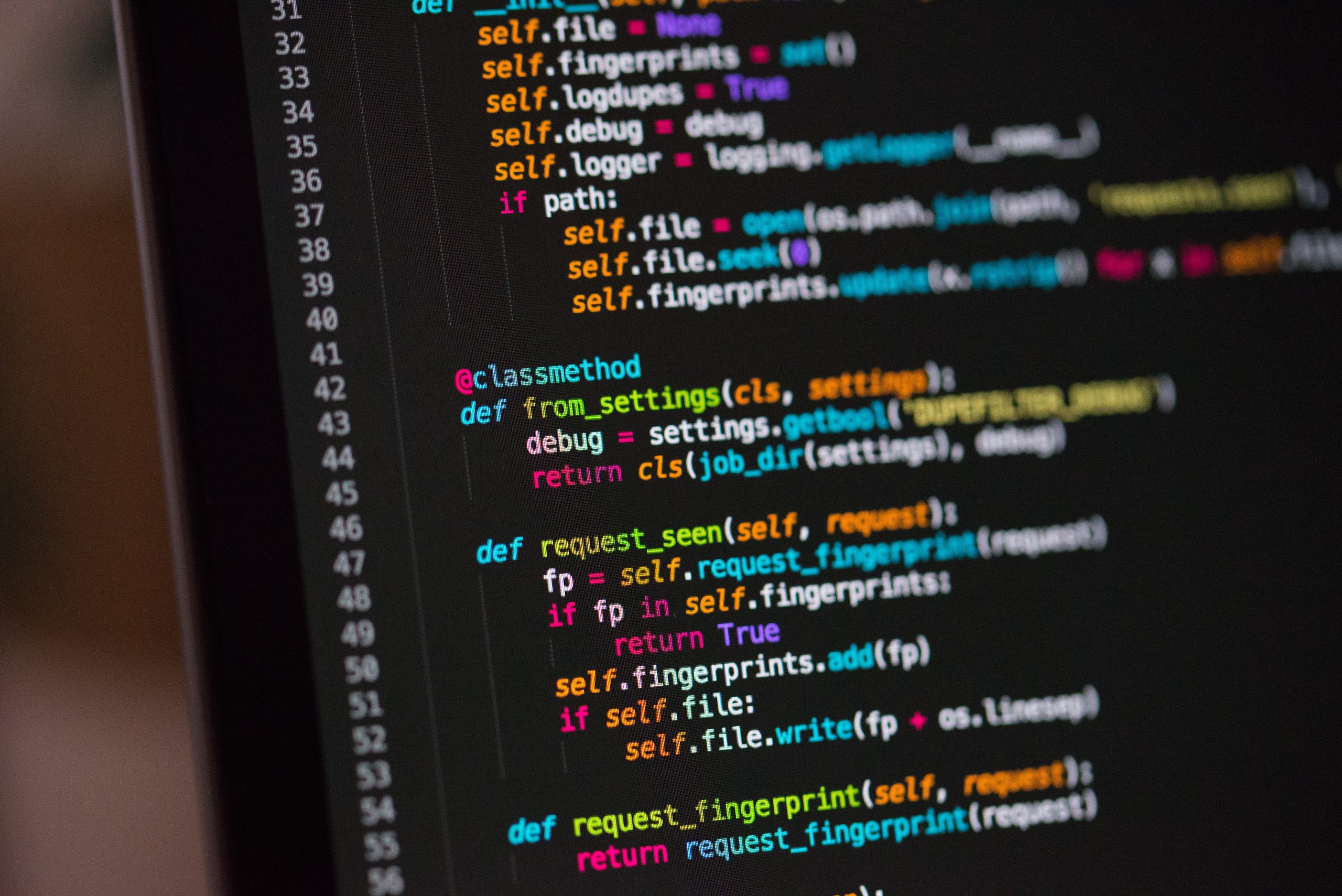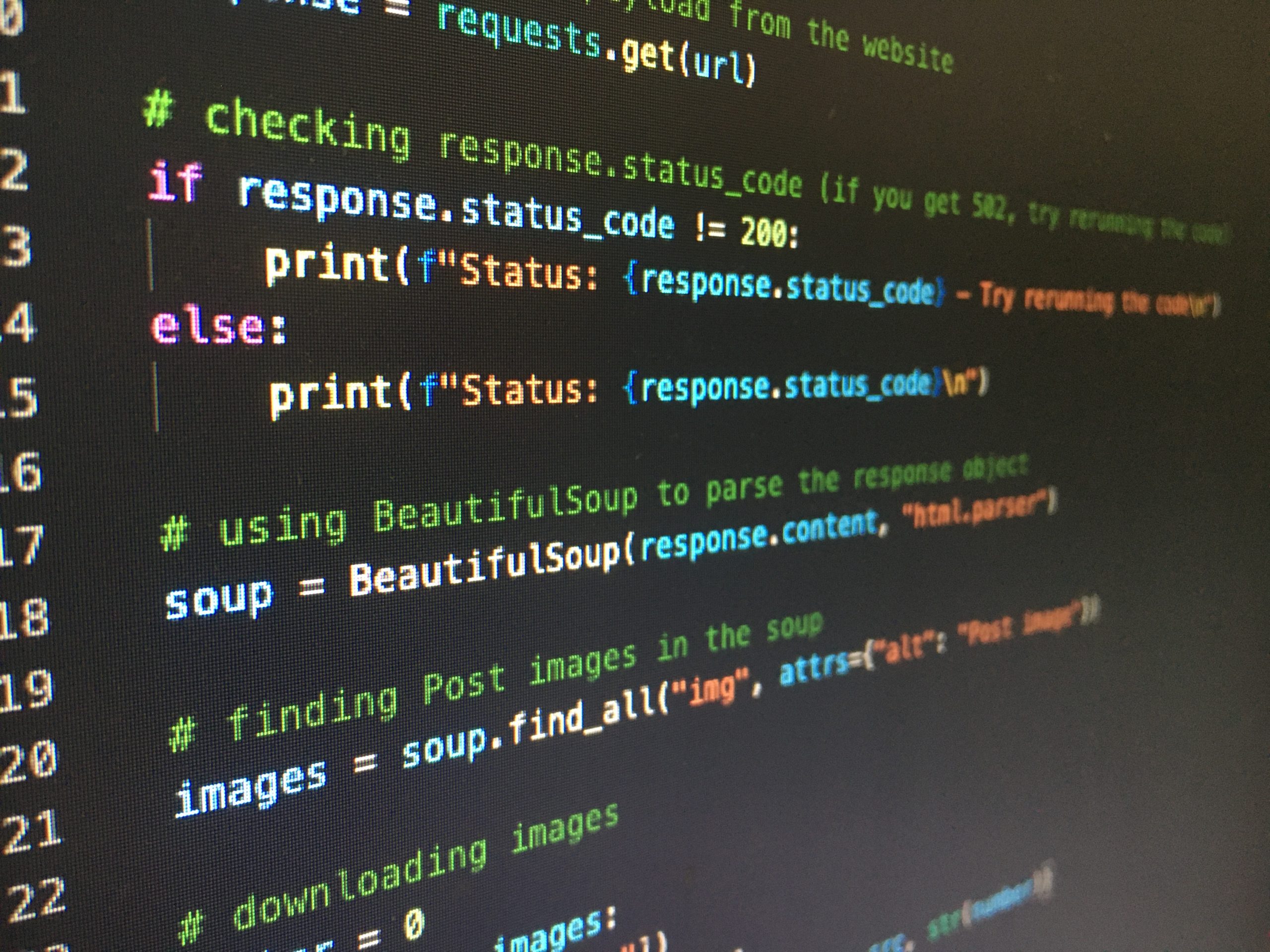Have you ever been knee-deep in a Python project, only to be halted by the dreaded subprocess-exited-with-error message? If so, you’re not alone. This common error can be frustrating and potentially derail your progress, but fear not! In this article, we’ll dive into the intricacies of this error and equip you with the knowledge and tools needed to conquer it once and for all.
The subprocess-exited-with-error message often occurs when working with external processes or subprocesses within Python code. It can be triggered by various factors such as incorrect command-line arguments, invalid input data, or even issues with the system environment. But don’t let this discourage you – understanding the root causes of this error and learning how to effectively troubleshoot it will empower you to write more robust and reliable code. So grab your debugging gloves and get ready to unravel the mystery behind this pesky Python error!
Introduction: Understanding the subprocess-exited-with-error in Python
The subprocess-exited-with-error in Python can be quite intimidating for many developers, especially those new to the language. Essentially, this error occurs when a subprocess, which is a separate program called by your Python script, exits with a non-zero status code. This status code indicates that the subprocess encountered an issue during its execution and is crucial for troubleshooting.
Understanding the root cause of the subprocess-exited-with-error can often reveal insightful details about how your Python script interacts with external processes. By delving into the specific error message and exploring potential factors such as input parameters, environment variables, or data dependencies, you can gain deeper insights into the underlying issue. Embracing a holistic approach to debugging allows you to tackle this error more effectively and reinforces your understanding of how different components within your Python application interconnect.
By mastering strategies to handle and resolve the subprocess-exited-with-error in Python, developers can enhance their problem-solving skills and fortify their ability to write robust and resilient code. Recognizing common pitfalls that lead to this error empowers developers to proactively address potential issues upfront rather than reactively debugging failures after they occur. Furthermore, leveraging built-in tools like the `subprocess` module’s various methods for communicating with external processes enables developers to not only diagnose but also mitigate these errors more efficiently.
 Common Causes: Investigating potential triggers for the error
Common Causes: Investigating potential triggers for the error
Investigating potential triggers for the subprocess-exited-with-error Python error can be a challenging task but is essential for a successful resolution. One common cause of this error could be related to improper input handling, where unexpected data or invalid arguments are passed to the subprocess, leading to a premature exit with an error. It’s crucial to thoroughly review the input parameters and ensure they align with the expected format and possible edge cases.
Moreover, environmental factors such as system resource constraints or permissions issues could also contribute to this error. A lack of necessary access rights or insufficient memory allocation might lead to unexpected termination of the subprocess, resulting in this specific error message. Exploring these various trigger points can shed light on potential paths for troubleshooting and provide valuable insights into addressing the error effectively. By examining these common causes comprehensively, we gain a deeper understanding of how they factor into triggering the subprocess-exited-with-error message and can implement robust solutions accordingly.
Troubleshooting Steps: Strategies for identifying and resolving issues
When it comes to troubleshooting and resolving issues, it’s crucial to adopt a systematic approach. Start by thoroughly understanding the problem at hand and gather as much information as possible. Sometimes, the issue might not be directly related to the error message you’re seeing, so don’t hesitate to dig deeper into the system and logs.
Next, narrow down the potential causes by conducting tests and experiments. By isolating different components of your system or code, you can identify the root cause more effectively. This process often involves trial and error, but by being methodical in your approach, you can quickly eliminate potential culprits.
Lastly, utilize available resources such as online forums, documentation, or even reaching out to communities for assistance. Collaborating with others who may have encountered similar problems can provide fresh perspectives and insights that could lead to a resolution. Remember that patience is key during troubleshooting – sometimes a solution might not present itself immediately but persisting with a logical approach can lead to success.
 Using Error Messages: Interpreting and leveraging error messages
Using Error Messages: Interpreting and leveraging error messages
Interpreting and leveraging error messages in Python can be a game-changer for developers. Instead of viewing error messages as roadblocks, they should be seen as valuable clues that lead to the root cause of issues. By understanding the nuances and context of each error message, developers can gain deeper insights into their code and make more informed decisions on how to address them.
In the case of subprocess-exited-with-error in Python, focusing on the specific details provided in the error message can illuminate potential causes, such as incorrect command syntax or missing dependencies. Leveraging this information allows for targeted troubleshooting and efficient issue resolution. Moreover, utilizing error messages to guide debugging practices not only accelerates problem-solving but also encourages a more comprehensive understanding of coding principles.
By developing a proactive mindset towards error messages, developers can harness them as powerful tools for improving code quality and enhancing their problem-solving skills. Rather than being discouraged by errors, embracing them offers an opportunity for growth and mastery within the coding environment.
Best Practices: Tips for preventing subprocess-exited-with-error
When it comes to preventing the Python error subprocess-exited-with-error, implementing best practices is crucial. One effective tip is to thoroughly validate input data before using it in subprocess calls. This helps reduce the risk of encountering errors related to unexpected or malicious input, providing a more secure environment for subprocess execution.
Another important practice is to handle exceptions and errors gracefully within the subprocess code itself. By properly logging and handling errors, developers can gain insights into potential issues and prevent unexpected process terminations.
Furthermore, utilizing proper error checking in subprocess communication channels, such as standard output (stdout) and standard error (stderr), can provide valuable feedback for troubleshooting and identifying underlying causes of errors. These best practices not only help prevent subprocess-exited-with-error but also contribute to building reliable and robust Python applications.
 Advanced Solutions: Handling complex scenarios and edge cases
Advanced Solutions: Handling complex scenarios and edge cases
In the world of programming, handling complex scenarios and edge cases requires a deep understanding of the underlying systems and a creative approach to problem-solving. When it comes to solving the infamous Python error subprocess-exited-with-error, advanced solutions are often necessary. One approach is to thoroughly analyze the subprocess call and its input parameters, ensuring that all possible edge cases are accounted for. Additionally, implementing robust error handling mechanisms, such as using try-except blocks in strategic locations, can provide insights into unexpected behavior and aid in debugging complex scenarios.
Moreover, leveraging logging and debugging tools can shed light on obscure errors that might not be easily reproducible. By carefully examining these logs and outputs, developers can uncover patterns or correlations that may help identify the root cause of the issue. It’s also essential to consider environmental factors, such as network connectivity or system resources, which can introduce complexities and trigger edge cases. Ultimately, honing problem-solving skills through exploring unusual scenarios is crucial for mastering the art of handling complex error situations in Python programming.
Conclusion: Summary of key points and final thoughts
In conclusion, tackling the subprocess-exited-with-error in Python requires a methodical approach and a deep understanding of the underlying causes. Throughout this article, we’ve emphasized the importance of carefully examining error messages, checking input data, and verifying the environment. Additionally, utilizing debugging techniques such as logging and traceback analysis can aid in pinpointing the root cause of the issue.
While troubleshooting Python errors can be frustrating, it’s essential to remain patient and persistent. Embracing a systematic problem-solving mindset can lead to breakthroughs and ultimately enhance your programming skills. Remember that seeking help from online communities or forums can often provide fresh perspectives and valuable insights that may lead to successful resolution.
Overall, don’t be discouraged by encountering errors in your Python code. Instead, view them as opportunities for learning and growth. By mastering the art of debugging and adopting a proactive approach to error resolution, you’ll become a more proficient Python programmer. Keep challenging yourself with complex problems – each solution brings you one step closer to mastery.



